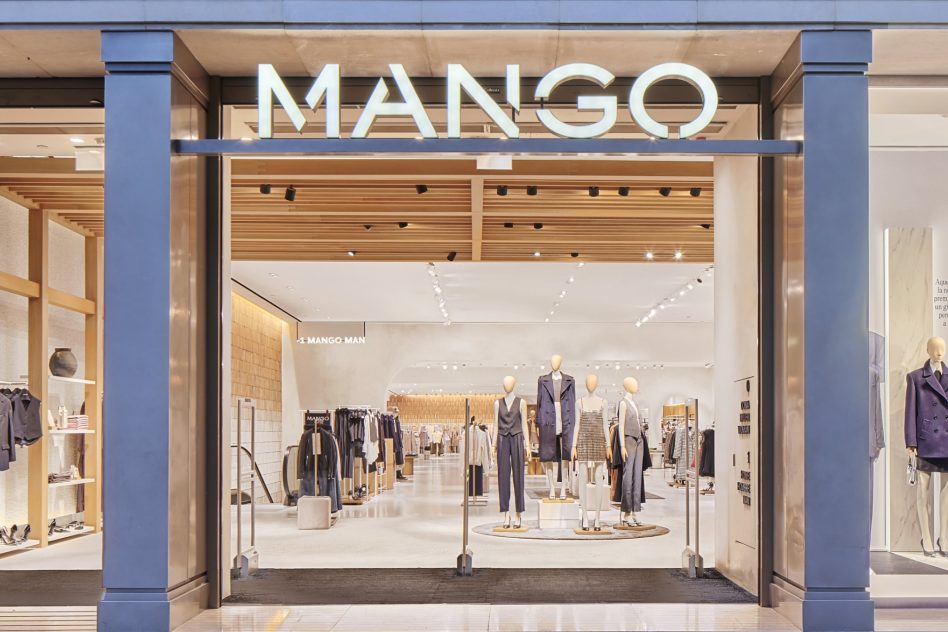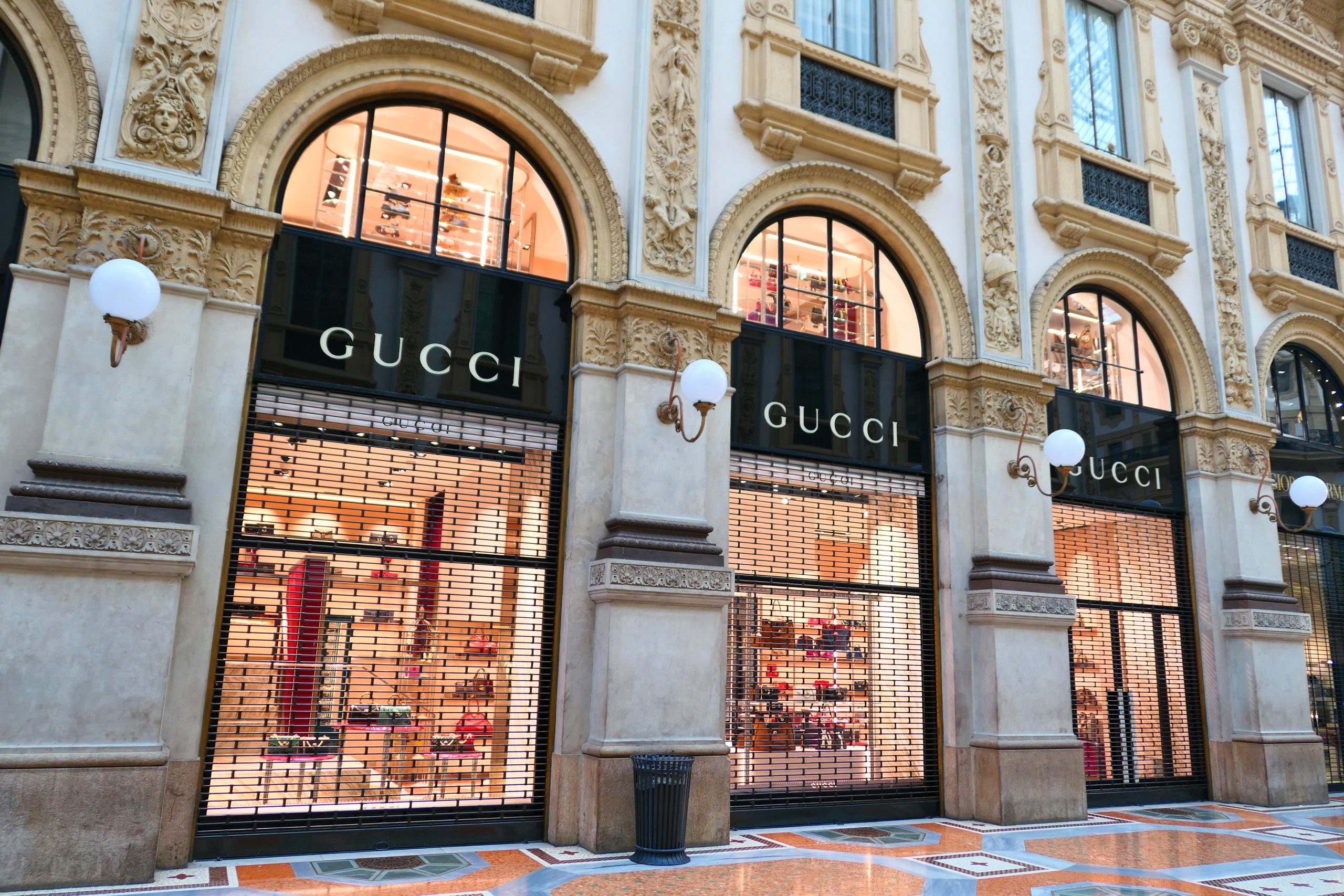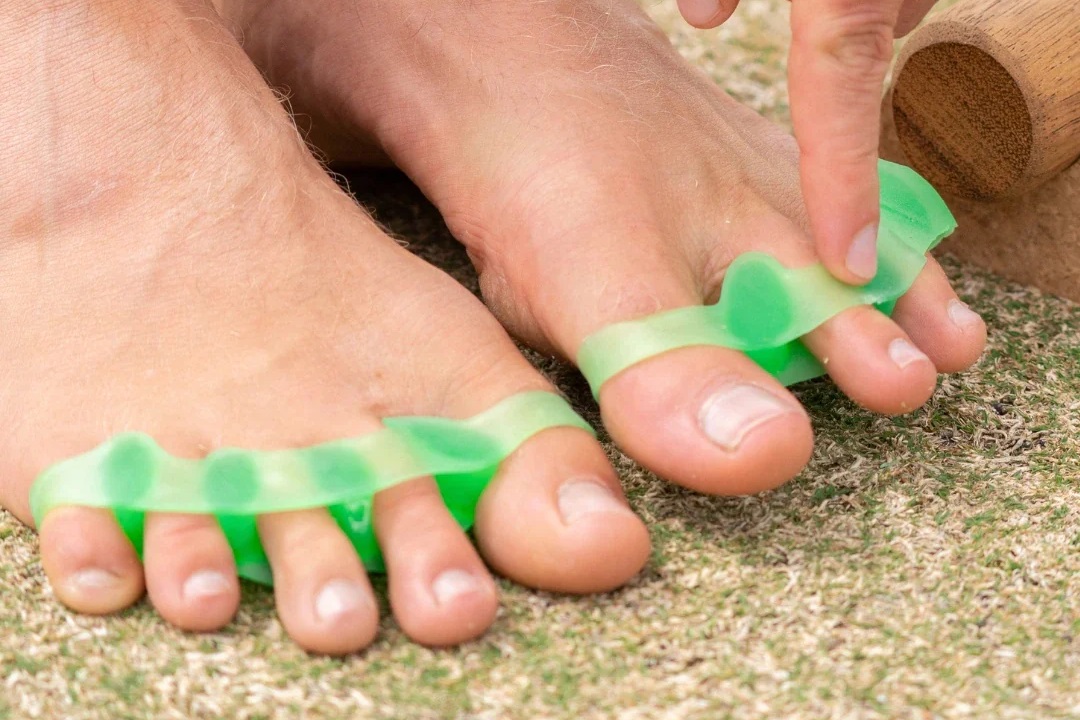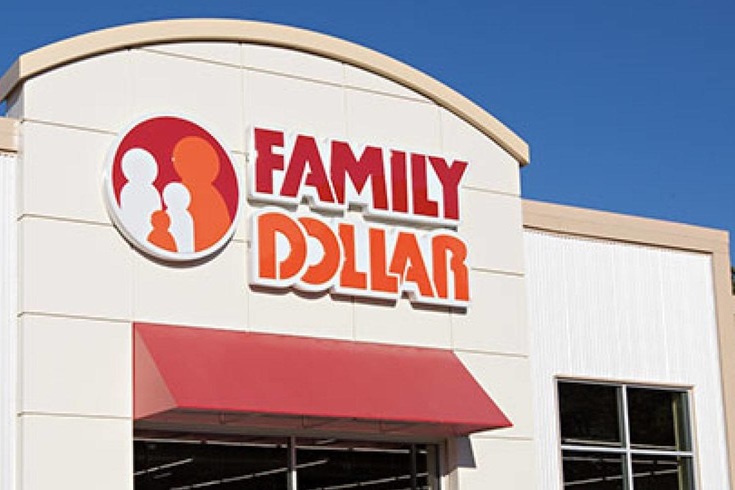
Image source: Mangofashiongroup.com
The United States is one the biggest markets in the world, and American people have a reputation of spending a lot of money and buying a lot of goods. In light of this, many European and Asian brands are now looking to the U.S. as a market for expansion.
Overseas fashion brands such as Zara, Uniqlo, and Mango are following in the footsteps of retailers like IKEA and Lego, and expanding into America on a major scale. With America having one of the better economies currently, it has been deemed that now is a good time to introduce new brands into the retail marketplace.
The scale and wealth of the country and its consumers have been cited as the two biggest factors for the expansion. Last year, recorded U.S. retail spending came in at over 7 trillion dollars, exceeding every other country.
To capitalize on this, Irish retail fashion giant, Primark, now plans to open a number of new stores in America over the next few years. Initially hesitant to crossover into America, Primark has become so successful across Europe in recent years, that it is now targeting to have stores in more than 50 American locations in the next 3 years.
Up until now, the majority of Europe’s top retail brands have focused their expansion on emerging economies of countries like China and Russia. However, last year hundreds of Western brands closed in Russia due to the invasion of Ukraine. And with political and economic tensions, and the rise of local brands growing in China, the Chinese market is now seen as problematic for foreign retailers.
The strength of U.S. brands used to be one of the main reasons why overseas retailers didn’t try to break into the market, but the U.S. market is more welcoming and even eager for new brands, cultures, and ideas. This change in attitude, accompanied by the stability of the market, presents opportunities that didn’t exist just a few years ago.
For example, in 2011, Mango opened one store in New York but failed to make a real splash with customers. In recent years though, even Mango itself was surprised to see online sales in North America surge exponentially. Despite a minimal physical presence, the U.S. is now Mango’s fifth-largest e-commerce market worldwide.
This high rate of growth has convinced Mango that America is now ready to embrace new and novel fashion brands. Social media and the rise of online store channels have made it a lot easier for brands like Mango to promote themselves to U.S. audiences without needing to actually operate in the region physically.
In 2022, Mango launched a new store on New York’s Fifth Avenue, in a push to drive its ambition of having 40 stores in America by the end of next year, in major states such as Texas, California, and Atlanta.
Zara, another Spanish brand very similar to Mango is looking to America for its expansion growth. Like Mango, Zara also has a minority holding in the States compared to its presence and reach in Europe. With that being said, Zara’s parent Inditex is now closing dozens of less profitable stores around the world, and focusing on expanding in the U.S. It has predicted to have at least 30 outlets in America by 2025.
Another popular fashion outfit, Uniqlo, has also revealed plans to launch 20 stores in America by next year and more than double this by 2026. Like its European counterparts, the Japanese brand is now shifting its expansion plans to the U.S., where up until now China and other Asian markets had been its primary focus.
With the economic climate varying state by state and hiring staff an issue across the country, these brands are taking somewhat of a big risk in opening new stores in America. Not to mention, the fact that America already has a steep retail sector in terms of competition and many local retail giants currently dominating space.
With many other overseas retailers having gained a better understanding of the U.S. retail market in recent years and enjoying increased profit from online sales to the region, many now have high ambitions to physically establish themselves in America and reap the financial rewards, as a result.

Image source: Mangofashiongroup.com
The United States is one the biggest markets in the world, and American people have a reputation of spending a lot of money and buying a lot of goods. In light of this, many European and Asian brands are now looking to the U.S. as a market for expansion.
Overseas fashion brands such as Zara, Uniqlo, and Mango are following in the footsteps of retailers like IKEA and Lego, and expanding into America on a major scale. With America having one of the better economies currently, it has been deemed that now is a good time to introduce new brands into the retail marketplace.
The scale and wealth of the country and its consumers have been cited as the two biggest factors for the expansion. Last year, recorded U.S. retail spending came in at over 7 trillion dollars, exceeding every other country.
To capitalize on this, Irish retail fashion giant, Primark, now plans to open a number of new stores in America over the next few years. Initially hesitant to crossover into America, Primark has become so successful across Europe in recent years, that it is now targeting to have stores in more than 50 American locations in the next 3 years.
Up until now, the majority of Europe’s top retail brands have focused their expansion on emerging economies of countries like China and Russia. However, last year hundreds of Western brands closed in Russia due to the invasion of Ukraine. And with political and economic tensions, and the rise of local brands growing in China, the Chinese market is now seen as problematic for foreign retailers.
The strength of U.S. brands used to be one of the main reasons why overseas retailers didn’t try to break into the market, but the U.S. market is more welcoming and even eager for new brands, cultures, and ideas. This change in attitude, accompanied by the stability of the market, presents opportunities that didn’t exist just a few years ago.
For example, in 2011, Mango opened one store in New York but failed to make a real splash with customers. In recent years though, even Mango itself was surprised to see online sales in North America surge exponentially. Despite a minimal physical presence, the U.S. is now Mango’s fifth-largest e-commerce market worldwide.
This high rate of growth has convinced Mango that America is now ready to embrace new and novel fashion brands. Social media and the rise of online store channels have made it a lot easier for brands like Mango to promote themselves to U.S. audiences without needing to actually operate in the region physically.
In 2022, Mango launched a new store on New York’s Fifth Avenue, in a push to drive its ambition of having 40 stores in America by the end of next year, in major states such as Texas, California, and Atlanta.
Zara, another Spanish brand very similar to Mango is looking to America for its expansion growth. Like Mango, Zara also has a minority holding in the States compared to its presence and reach in Europe. With that being said, Zara’s parent Inditex is now closing dozens of less profitable stores around the world, and focusing on expanding in the U.S. It has predicted to have at least 30 outlets in America by 2025.
Another popular fashion outfit, Uniqlo, has also revealed plans to launch 20 stores in America by next year and more than double this by 2026. Like its European counterparts, the Japanese brand is now shifting its expansion plans to the U.S., where up until now China and other Asian markets had been its primary focus.
With the economic climate varying state by state and hiring staff an issue across the country, these brands are taking somewhat of a big risk in opening new stores in America. Not to mention, the fact that America already has a steep retail sector in terms of competition and many local retail giants currently dominating space.
With many other overseas retailers having gained a better understanding of the U.S. retail market in recent years and enjoying increased profit from online sales to the region, many now have high ambitions to physically establish themselves in America and reap the financial rewards, as a result.



